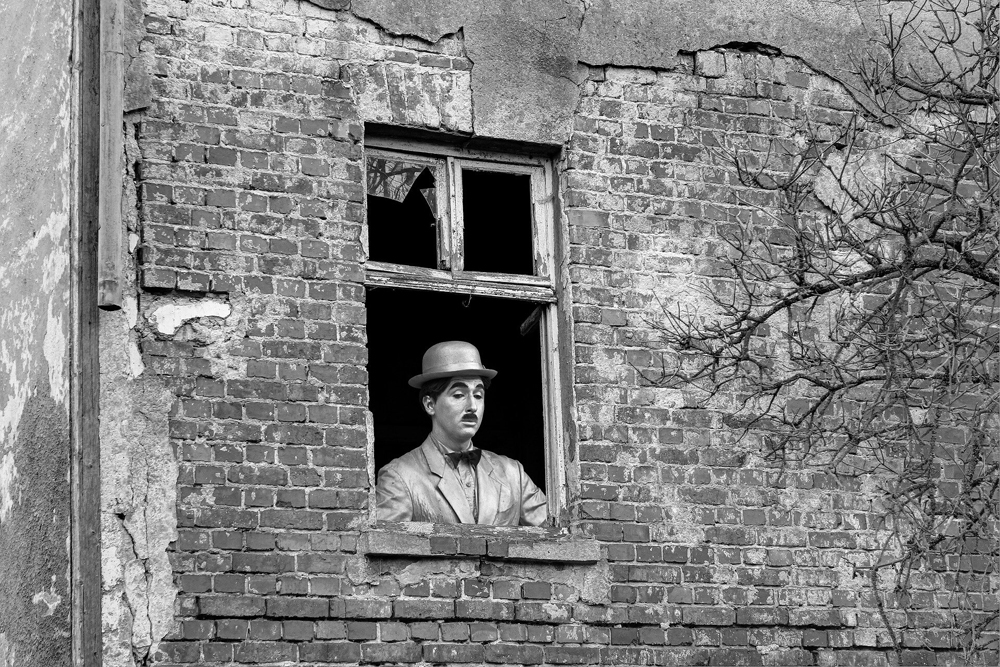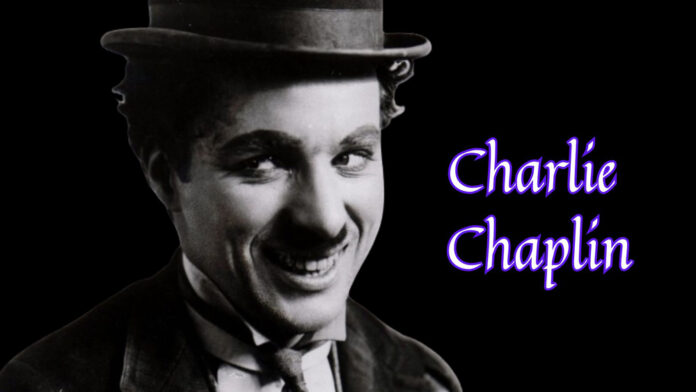In the annals of cinematic history, one name stands out as an enduring symbol of laughter and silent comedy – Charlie Chaplin. Born on April 16, 1889, in London, England, Charles Spencer Chaplin would go on to become one of the most iconic figures in the world of entertainment. His journey from a troubled childhood to the heights of Hollywood stardom is a tale of resilience, innovation, and an indomitable spirit that left an indelible mark on the 20th-century cultural landscape.
Page Contents
The Dickensian Childhood
Chaplin’s early life was far from glamorous. His parents, Charles Chaplin Sr. and Hannah Hill, were both struggling performers, and young Charlie faced the harsh realities of poverty from an early age. His father’s abandonment and his mother’s struggle with mental health issues left him in the care of various institutions, including workhouses and orphanages. These formative years would profoundly influence Chaplin’s later work, as he drew upon his own experiences of hardship and destitution to create the beloved character known as “The Tramp.”
Read Also : Shah Rukh Khan: The Journey of a Bollywood Icon
The Rise of the Tramp
Chaplin’s journey to stardom began when he joined the Fred Karno pantomime troupe, where he honed his comedic skills and developed the physical comedy style that would become his trademark. In 1913, he caught the eye of film producer Mack Sennett, leading to his relocation to the United States and the start of his film career with Keystone Studios.
It was at Keystone that Chaplin introduced the world to his iconic character, The Tramp – a lovable, bumbling figure with a distinctive bowler hat, toothbrush mustache, and a cane. The Tramp’s adventures in a world of chaos and absurdity resonated with audiences worldwide, and Chaplin quickly rose to fame as a comedic genius. His ability to blend slapstick humor with poignant social commentary set him apart from his contemporaries.
Mastering the Art of Silent Comedy
As the silent film era flourished, Chaplin continued to refine his craft. Movies like “The Kid” (1921) and “The Gold Rush” (1925) showcased his ability to elicit laughter and tears from audiences without uttering a single word. The use of pantomime, expressive gestures, and visual storytelling became his cinematic language, and The Tramp became a universal symbol of resilience in the face of adversity.
Chaplin’s success wasn’t limited to acting. In 1919, he co-founded United Artists with Mary Pickford, Douglas Fairbanks, and D.W. Griffith, giving him unprecedented creative control over his films. This move marked a turning point in the film industry, empowering artists to have a greater say in the production and distribution of their work.

Navigating the Transition to Sound
The advent of sound in film posed a significant challenge to silent film stars, but Chaplin faced it head-on. In 1931, he released “City Lights,” a silent film with a synchronized musical score and sound effects. The film’s emotional depth and the power of Chaplin’s performance transcended the limitations of the silent medium, earning it a place among the greatest films of all time.
Chaplin’s first true sound film, “The Great Dictator” (1940), marked a departure from his usual comedic fare. In a daring move, he used the film to satirize Adolf Hitler and condemn fascism, making a powerful statement against the rising tide of totalitarianism in Europe. The film showcased Chaplin’s versatility as a performer and his willingness to use his platform for social and political commentary.
Personal Trials and Triumphs
Behind the scenes, Chaplin’s personal life was marked by a series of tumultuous relationships and marriages. His marriages to Mildred Harris, Lita Grey, and Paulette Goddard ended in divorce, and his controversial relationship with a teenage Joan Barry led to a highly publicized paternity suit in the 1940s.
Despite personal challenges, Chaplin’s professional success continued. “Modern Times” (1936) addressed the dehumanizing effects of industrialization, and “Limelight” (1952) reflected on the passing of the vaudeville era. However, as the political climate in the United States grew increasingly hostile during the Cold War, Chaplin found himself facing accusations of communist sympathies, leading to his departure from the country in 1952.
Chaplin’s Exile and Legacy
Chaplin spent the next two decades living in Europe, primarily in Switzerland, as he faced challenges to re-entering the United States. During this period, he continued to make films, including “A King in New York” (1957) and “A Countess from Hong Kong” (1967), but they failed to achieve the same critical and commercial success as his earlier works.
In 1972, Charlie Chaplin received an honorary Academy Award for his “incalculable effect in making motion pictures the art form of this century.” It was a fitting tribute to a man whose contributions to cinema had transcended entertainment and become a cultural touchstone.
Chaplin passed away on December 25, 1977, leaving behind a legacy that continues to influence filmmakers and entertainers to this day. His ability to blend comedy with social commentary, his mastery of silent film, and his enduring creation of The Tramp ensure that Charlie Chaplin’s impact on the world of entertainment remains timeless.
Conclusion
Charlie Chaplin’s life was a rollercoaster of triumphs and tribulations, from a challenging childhood to international stardom and political exile. Through it all, he used his art to connect with audiences on a profound level, making them laugh, cry, and reflect on the human condition. The Tramp, with his bowler hat and cane, became a symbol of hope and resilience, embodying the spirit of a man who triumphed over adversity to become one of the greatest entertainers in history. Charlie Chaplin, the little tramp with a big heart, will forever hold a place in the hearts of those who appreciate the transformative power of laughter.


